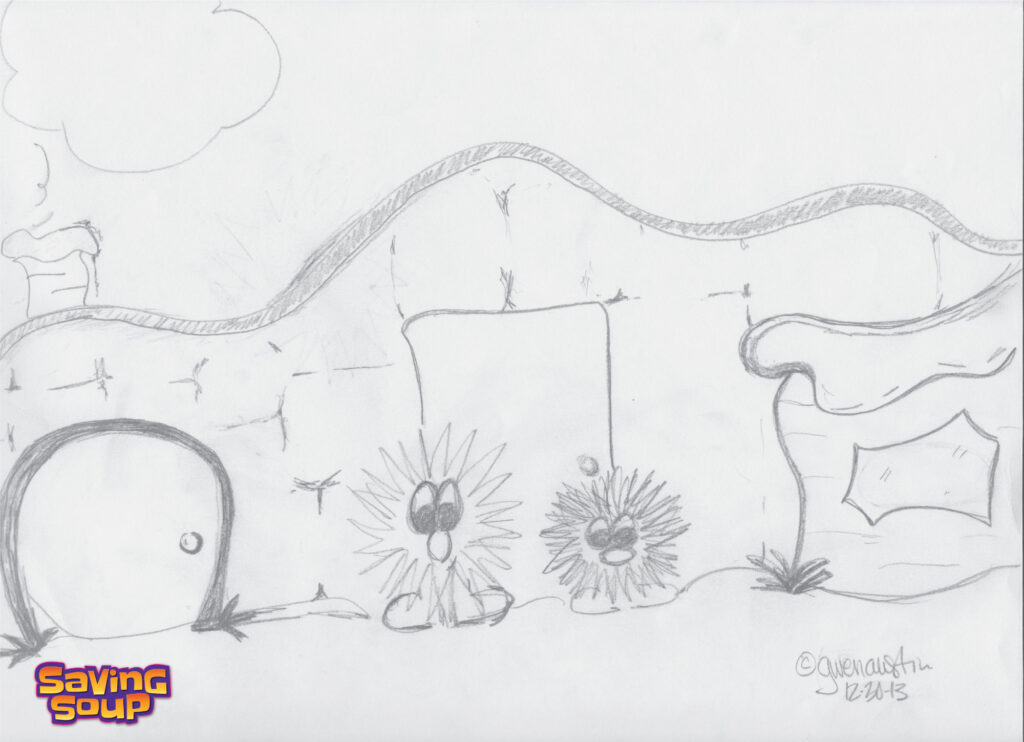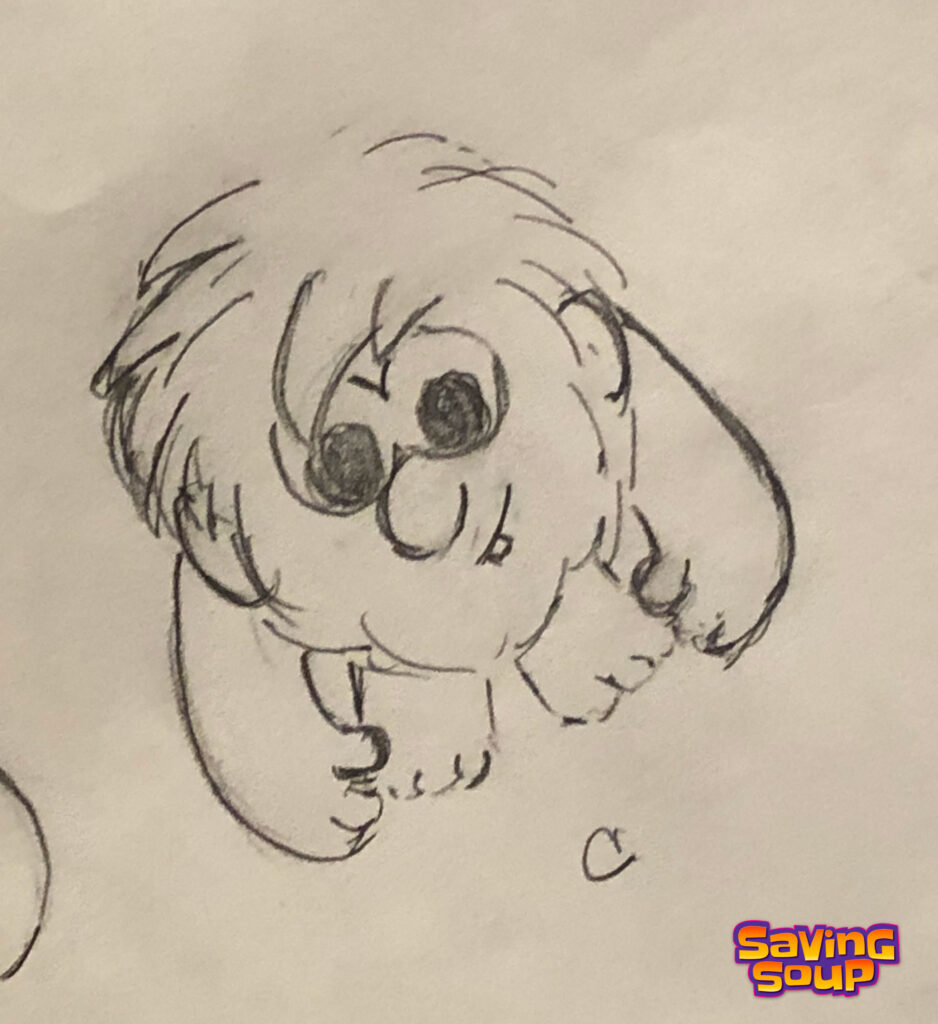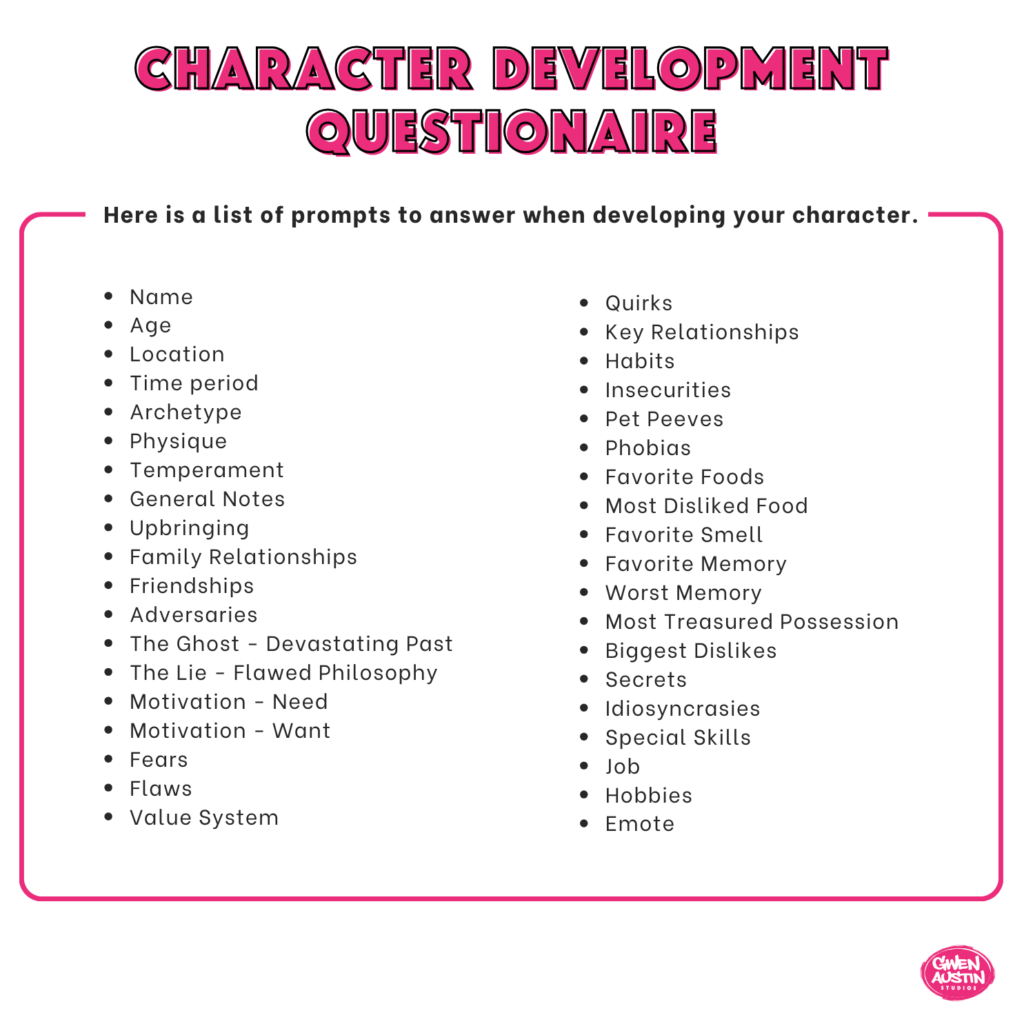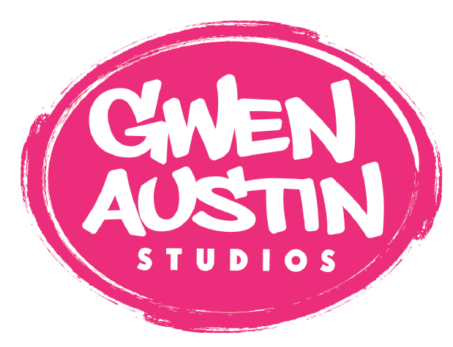

As I sit here trying to start this blog on how to create an animated show, all the parts that make up a show keep fighting in my head for “most valuable player”. I suppose the logical thing to start at the beginning. Which came first, the characters or the story? In the development of Saving Soup, it began with a character development.

The genesis of “Saving Soup” stemmed from this character Ooga Booga. He is a whimsical figure I used to draw for my kids, initially introduced to me by my high school best friend. Strangely, he became the most challenging to breathe life into as other characters emerged. He started out as my lead but, with time, his role began to change. As I began to dive deeper into the characters and their world, their purpose and the story slowly presented itself.
Each character drew inspiration from real-life individuals. With time, they gradually took on a life of their own. Valuable advice from a successful children’s author and preschool TV development expert echoed in my mind during this process: “Your characters are ready when they come to life, as real to you as the people in your physical world.” This advice, I pass along to you. Developing the characters and story is a tennis match of creativity — a back and forth of discovery. Eventually, it all clicks into place. You begin to see these characters and their world as clearly as you see your own.

In the early pitch, the concept was known as “Rocklandia”. However, feedback highlighted the need for a hook—a compelling reason for viewers to care. Enter Soup, originally named Hessie, conceived as a hesitant character, evolving into the central figure. The show transformed into “Saving Soup,” with each episode revolving around the characters rescuing Soup from predicaments through the invention of everyday gadgets, which inevitably fail before succeeding.
To assist you in bringing your own cast to life, I’ve put together a list of prompts to aid you in your character development. Of course, there are many more questions you could ask yourself during this phase. Ask your characters the same questions you might ask a friend. Stay open and allow your characters to continually evolve.

As I mentioned initially, this process involves numerous moving parts—finding artists, animators, voices, scriptwriters, logos and more. I recognize that I have just scratched the surface of character development. Expect more on this topic beginning with a short blog later this month about archetypes. While I acknowledge there’s much more for me to learn, my hope is to share a wealth of knowledge as my journey continues to unfold.
